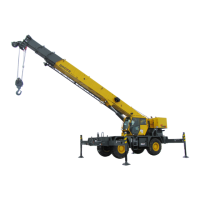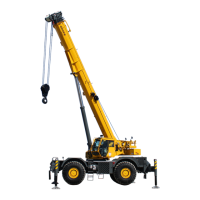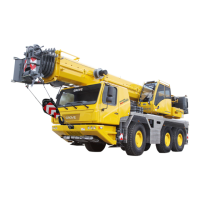ELECTRIC SYSTEM CD3340B/YB4411
3-2
Published 04/07/2015 Control # 569-00
3. In series circuit arrangements, the voltage is completely
used in the circuit when the current is flowing. In parallel
circuit arrangements, the voltage is constant.
4. When the voltage is constant, resistance controls the
rate of current (amps) in the circuit. Refer to Ohm’s Law.
Comparing Electrical System to a Hydraulic
System
The electrical system is in many ways similar to a hydraulic
system. Both systems need a “pump” to cause the flow
which generates the energy. Each system needs a complete
circuit so the flow can return to storage or supply. Both
systems need “valves” to control the flow through the
system. See Table 3-1.
Table 3-1
Comparing Electrical System and Hydraulic System
Magnetism
When electrical current passes through a conductor it
creates a magnetic field around the conductor. This
magnetic field can be used to induce current into a second
conductor. This is the principle behind generators, coils,
relays and solenoids, which are the working components of
the electrical system. These components will be covered
further in the discussion of the electrical system.
Electrical System Hydraulic System
Alternator Pump
Battery Reservoir
Switches Valves
Wires and Cables Tubes and Hoses
Diodes Check Valves
Volts PSI or kPa
Amps gpm or L/min
Ohms Resistance
Electrical System Hydraulic System
Reference Only

